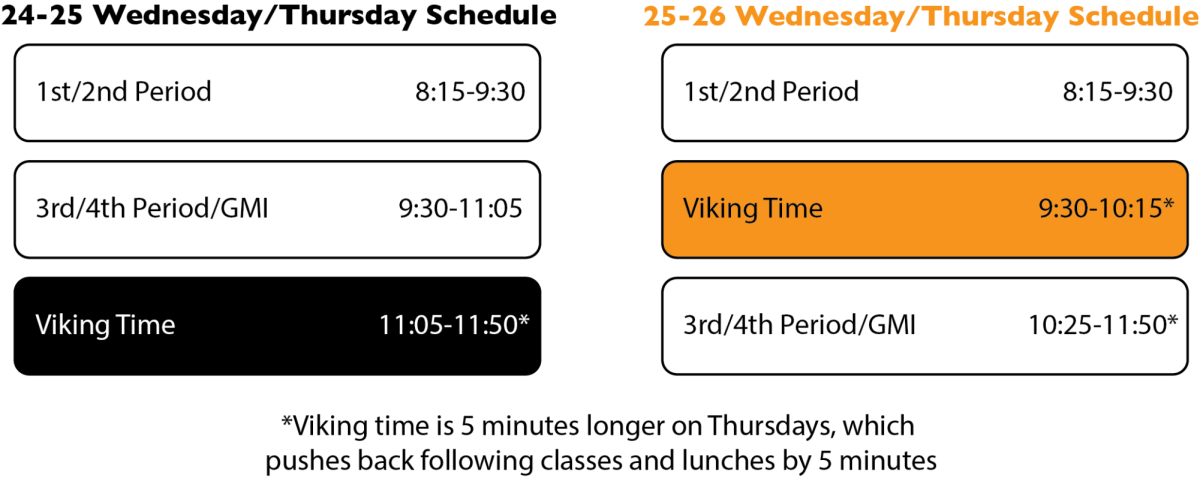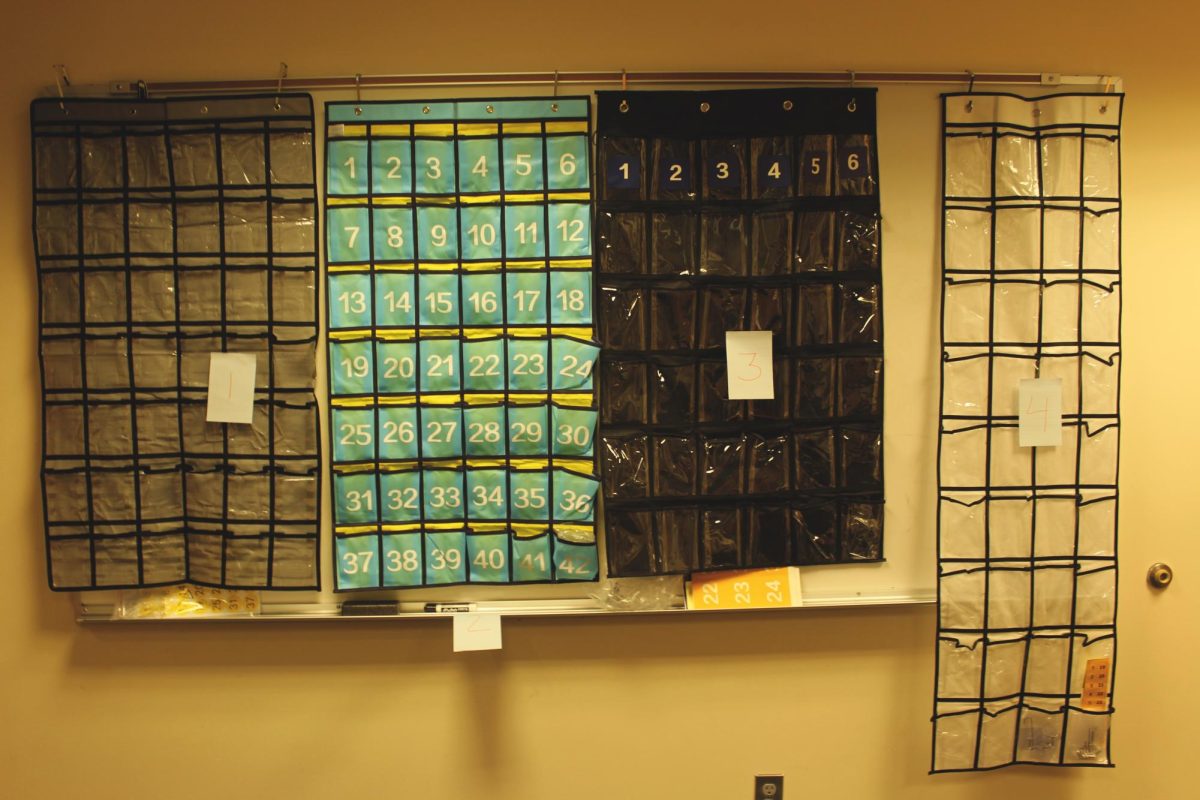President Donald Trump’s 25% tariffs on imported passenger vehicles, light trucks and car parts took effect on April 13. The cost of tariffs, which are taxes paid by the importer of certain international products, is largely passed down to consumers. University of Washington professor of economics Dr. Theo Eicher (he/him) said that the continued enforcement of these tariffs could result in an approximate 25% increase in vehicle prices.
“Tesla, Honda, Toyota or even Jeeps that are produced in the United States — they have a large amount of internationally-sourced parts in them. So, economists don’t have good estimates right now,” Eicher said. “I’ve seen estimates. Prices will go up between five and ten thousand dollars for cars, but that is really up in the air.”
Eicher said there is a lot of uncertainty surrounding the tariffs, which impact some major car manufacturers through layoffs and paused car shipments. Chrysler, Dodge, Jeep and Ram, among others, paused production to wait for clarification on future trade policies.
On April 8, European Union member countries discussed response measures such as imposing tariffs on American goods going into Europe. They have announced their interest in meeting with President Trump to lower tariffs, and all member countries except Hungary voted in favor of proposals to impose tariffs on certain U.S. goods.
As for the response in Asia, Eicher said China, Japan and Korea do not get along diplomatically due to historical tensions, but leaders of these countries have come together to discuss the issue. He said they also want to collaboratively negotiate a response to the American tariffs. China retaliated on April 4 by imposing a 34% tariff on U.S. goods, but U.S. tariffs on the Chinese remain significantly higher, up to 145%, according to the Tax Foundation. Washington State University professor of economics Dr. Christopher Clarke (he/him) believes that China views its position as positive relative to America.
“They think the American public will feel more pain than the Chinese public,” Clarke said. “America has made everybody mad. And so all the other countries who might have sided with us are probably now going to side with China because in the past three months, they have been the more reliable negotiator.”
Eicher said Korea and Japan are weighing whether they should retaliate. He said these countries are seeking negotiations with the U.S. to find out what the U.S. wants in return.
“The question is a difficult one for these countries because they have very high tariffs in the 30% range, but their tariffs to the U.S. are only about one or 2%, so they’re not really sure why they got these very high tariffs or what Trump wants in return,” Eicher said. “Does he want the 2% tariff reduced to 1%? It’s unclear, so we’ll see.”
Though the numbers may appear random, the Trump administration has published the equation used to calculate its reciprocal tariff rates for each country, though the formula has been challenged as dubious by numerous experts. The change in tariff rate is essentially found by calculating the U.S. trade deficit with the other country. The trade deficit is found by subtracting a country’s total imports from the U.S. from that country’s total exports to the U.S., and dividing that value by the total imports from that country. This is why countries like China, Japan and Korea were faced with high tariff rates, as those nations export to the U.S. much more than the U.S exports to them.
Immediately after President Trump imposed these tariffs, the stock market experienced a sharp decline, with the S&P 500 dropping about 12% from April 2 to 9. Following this, President Trump paused the retaliatory tariffs for 90 days on all countries except China on April 9, leaving every other country with flat 10% tariff rates. To Eicher, plummeting stocks indicated that investors believe profitability will fall dramatically in the next few years.
“In the long run, if those tariffs stay in place, their stocks will reflect the decline in the American economy,” Eicher said.
Clarke also said the effects of the current administration’s economic policies could lead to an economic recession.
“I think people are putting it at 60% to 70% odds now, again, not guaranteed, but high likelihood, we will get a recession. And the forecast is it would be a mild recession,” Clarke said. “We haven’t seen a mild recession in this country since 2001. The 2001 recession was short and mild, but still, even in mild recessions, if you go unemployed, you’ll be stuck unemployed for a couple of years. I mean, it destroys people. It’s awful.”
Recently, a lot of rhetoric has been heard from conservative voices on the idea that while the tariffs may cause short-term strife in the form of higher prices, they can lead to a greater future economic gain, with more manufacturing jobs in America, and ultimately economic growth. Clarke disagrees.
“Lies. Sometimes you have to do this in policy. Sometimes you need to do short-term pain for long-term gain. But we know a lot about how trade works. Economists have been studying this for 250 years,” Clarke said. “When you slow down trade, you slow down economic opportunities. And that’s a non-controversial statement.”
Eicher said the implications of the tariffs can be far-reaching and stretch into numerous industries depending on how foreign countries retaliate. On a local level, Washington’s economy is heavily tied to aerospace and technology, and could suffer if Europe extends tariffs to American services.
“For example, let’s say Europe doesn’t just want to retaliate in terms of tariffs on American goods, but also in terms of tariffs on American software companies, which are under the category, not of goods, but of services,” Eicher said. “Until now, no country has tariffed services — meaning Google, Microsoft, Amazon, etc., Adobe, all solid companies here in the Northwest — and that might hurt profitability if retaliation also affects the service industry.”
There isn’t just uncertainty about why President Trump imposed the tariffs; there are mass amounts of uncertainty about the future, especially for corporations.
“If you’re a business, you’re not going to invest in the future if it’s uncertain, because you don’t want to lose money,” Clarke said. “They’re going to pause. Everyone’s hitting a big pause button right now. And when a business pauses, it’s going to get rid of its jobs. More of that’s to come.”
Eicher said that the ripple effects are serious. He said the reason President Trump imposed these tariffs isn’t clear.
“Maybe it’s a negotiation strategy. He’s trying to scare other countries to maybe lower their tariffs,” Eicher said. “It’s unclear, and it’ll depend on what will happen in the negotiations between him, Europe, Mexico and Asian countries to see if in the end, they can agree on a lower tariff or maybe no tariff at all. So we’ll find out. Nobody really knows, but nobody can believe that these tariffs will also stay in place.”











